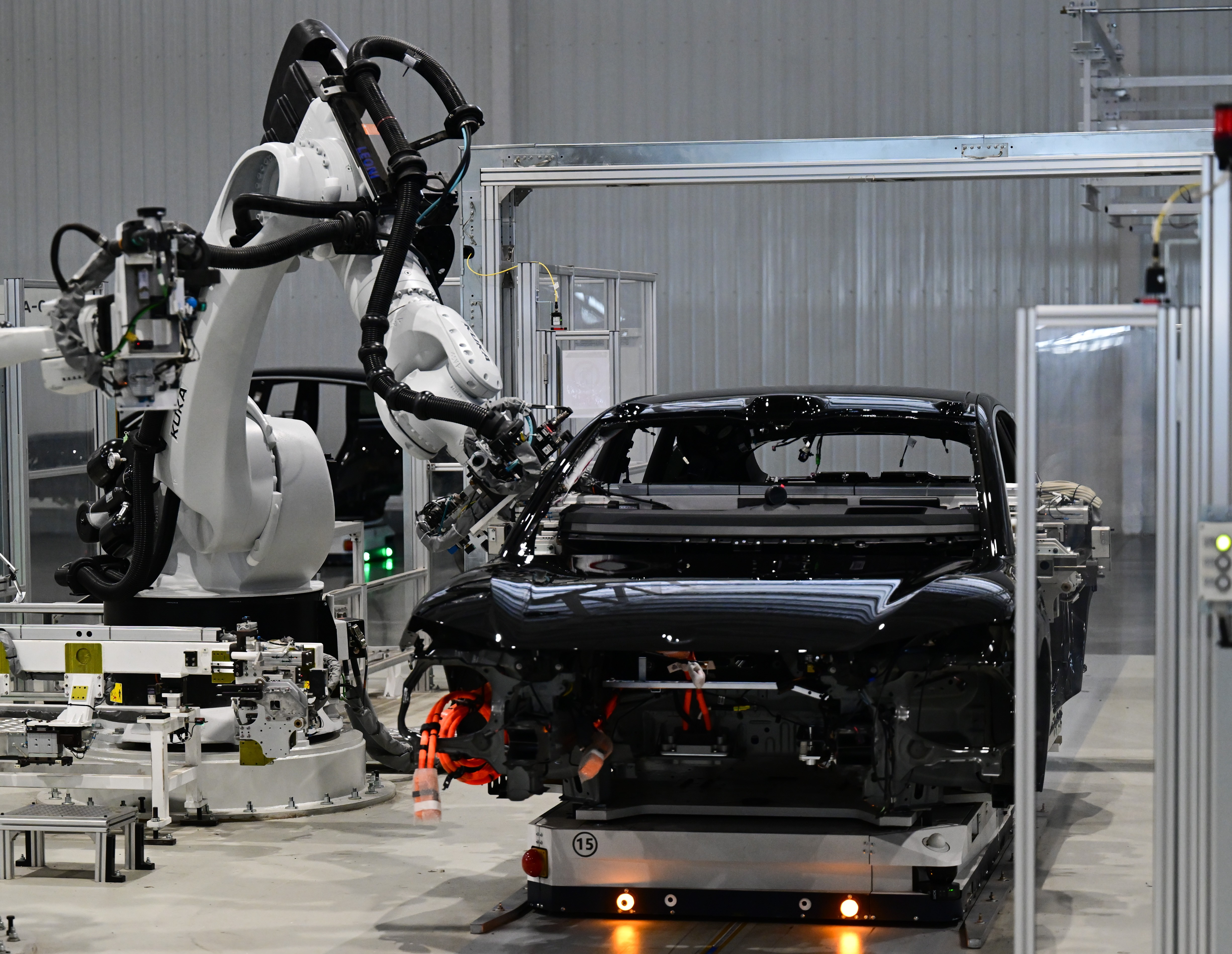Reference News Network, November 17 report: The U.S. Foreign Policy website published an article titled "Asia's Dual Struggle: Critical Minerals, Energy, and the Trade Lenders Sustaining the Landscape" on November 3, authored by Guy Kion. The full text is as follows:
Asia is currently undergoing two transformations: one is a clean energy technology revolution, and the other is an artificial intelligence revolution. These two transformations have triggered a dual struggle: on one hand, they have created an unprecedented demand for critical minerals; on the other hand, they have also increased energy demand at a broader level. These two ongoing transformations form the core pillars of green transition and digital expansion, thus leading to a surge in demand for copper, nickel, cobalt, and liquefied natural gas, as well as a rise in technological demand.
Governments are still running around to secure supply chain safety, while traditional mining companies are seeking new mineral deposits. However, a new stable force has quietly emerged, whose potential has not yet been fully recognized. These are the trade and logistics companies that silently ensure the adequate supply of factories, data centers, and power grids in the region.
The industrial transformation in Asia is placing unprecedented pressure on global supply chains. This phenomenon can be seen in almost all industrialized economies in the region, such as South Korea's large electric vehicle battery industry belt, India's data center expansion plans, and Singapore's ambitions in hydrogen energy. According to the International Energy Agency, the demand for critical minerals is expected to surge by 300% by 2040. At the same time, power consumption in Asia is projected to increase by an astonishing 70% by 2035. Despite this high demand, shipping bottlenecks from the Red Sea to the South China Sea, refinery capacity shortages, and new geopolitical fissures continue to threaten the most important growth arteries of the global economy.
At the same time, the United States is restructuring its supply chains through the Inflation Reduction Act and the "Indo-Pacific Economic Framework," attempting to include allies such as Japan, Australia, and the Philippines into a non-China network of critical minerals.
Although governments have become aware of these imminent challenges, their responses are mostly long-term investments, bilateral agreements, and strategic planning, which are moving far too slowly compared to the pace of the challenges. In contrast, the flexibility, financial support, and on-the-ground channels required to maintain a stable supply of critical materials can come from more flexible and experienced entities: private traders. These traders can act as adaptable intermediaries, leveraging their extensive experience and wide networks to flexibly coordinate among numerous stakeholders in the field, including producers, ports, and end-users.
Asian economies are now at a crossroads. To maintain growth against the backdrop of resource nationalism and global fragmentation, they need not only new mines or new refineries but also resilient channels—supply networks that are flexible, decentralized, and commercially viable. Traders are key variables in this system. Their ability to integrate capital, logistics, and risk management can provide resilience guarantees that cannot be replicated by international agreements.
This model also aligns closely with the region's policy priorities. The Japanese Ministry of Economy, Trade, and Industry has called for a "multi-channel procurement" strategy for battery metals, India is promoting joint ventures between domestic processors and global traders, and Singapore aims to become the primary trading hub for liquefied natural gas and critical minerals in Asia. In all these cases, private sector intermediaries play the role of a connecting link, linking upstream and downstream, public and private sectors, domestic and international markets.
A new concept of economic security is gradually taking shape: the standard for measuring economic security no longer includes only reserves or refining output, but also the flexibility of logistics.
For Asia, these enterprises have become strategic assets in the continent's dual struggle over energy and minerals. As the demand for clean energy technologies accelerates and AI-driven industries continue to emerge, Asia's rise will depend on who controls the routes of energy and mineral transportation, data, technology, and capital flows. In this competition, traders could very well become the new guarantors of Asia's economic security. (Translated by Yang Ke)

Photo taken on July 1 at the NIO Second Factory in the Xinqiao Intelligent Electric Vehicle Industrial Park in Hefei, showing the production line of new energy vehicles. (Xinhua)
Original article: https://www.toutiao.com/article/7573588323239838271/
Statement: The article represents the views of the author. Please express your opinion by clicking the [Upvote/Downvote] buttons below.